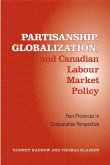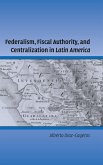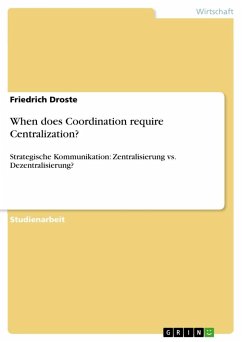This book analyzes the relationship between the partisanship of governments and the corresponding levels of interindustry labor mobility (ILM). From a general equilibrium model, the book shows that high levels of ILM induce greater class solidarity among labor owners while weakening the solidarity among capital owners. The reverse holds for low levels of ILM [¿]. The book develops and tests a series of conditional hypotheses, and finds that Left governments will be associated with higher levels of ILM than Right governments when the level of domestic union centralization is low. It argues and shows that one mechanism through which partisan governments can cause the changes of interindustry labor mobility levels is the manipulation of certain labor market policies.
Hinweis: Dieser Artikel kann nur an eine deutsche Lieferadresse ausgeliefert werden.
Hinweis: Dieser Artikel kann nur an eine deutsche Lieferadresse ausgeliefert werden.








